11 Easy Ways to Get Rid of Gnats in Your Plants
Gnats in your plants can be frustrating and harmful if left unchecked. These tiny insects thrive in moist soil and can quickly multiply, causing damage to your indoor or outdoor plants. Finding effective ways to control and eliminate gnats helps keep your plants healthy and your home pest-free. Simple changes to watering habits, soil care, and using natural methods can make a big difference in managing these pests.
This post may contain affiliate links, which helps keep this content free. Please read our disclosure for more info.
Identify the Source of the Gnats
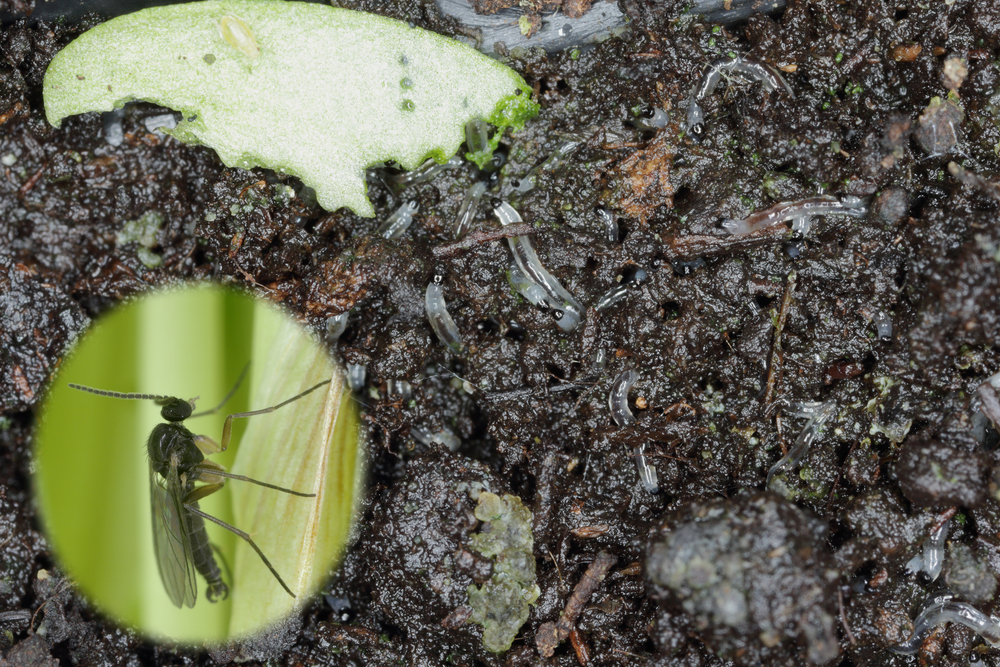
The first step in dealing with gnats in your plants is to find where they are coming from. Usually, gnats breed in moist soil or organic matter around the plants. By closely inspecting your pots, soil, and nearby areas, you can locate the main breeding grounds. Knowing the source helps you focus your efforts where they will have the most impact.
Without finding the source, treatments may only reduce the number of gnats temporarily. Once you remove or treat the area where they breed, you can prevent the problem from coming back. This approach saves time and keeps your plants healthier.
Let the Soil Dry Out Between Waterings
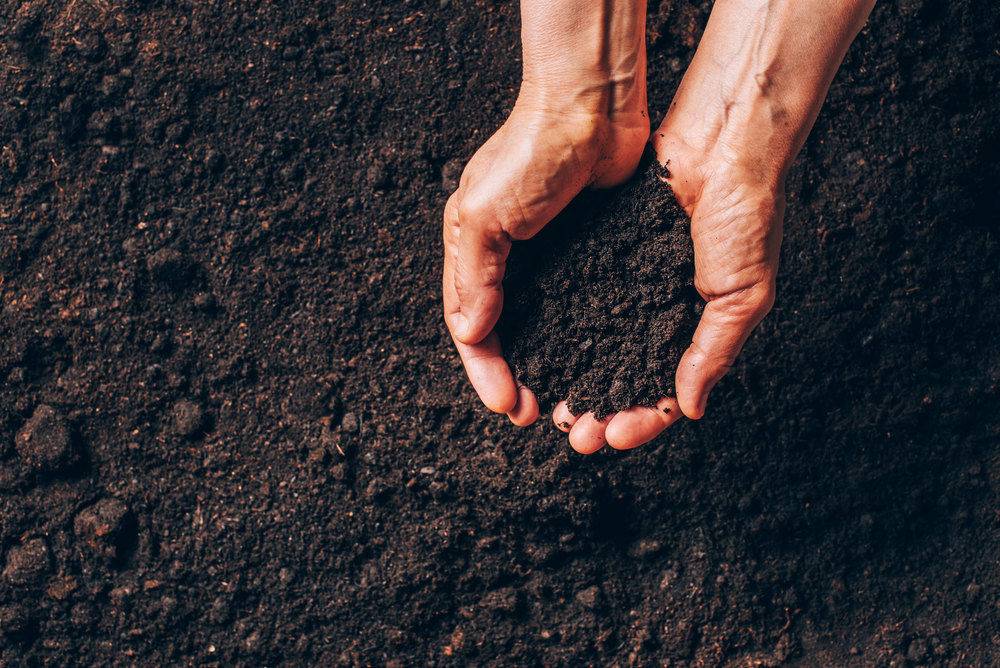
Gnats thrive in moist conditions, so one way to reduce their population is to allow the soil to dry out more between waterings. Overly wet soil creates a perfect environment for larvae to grow. By watering less often and ensuring good drainage, you make the soil less inviting to gnats.
Dry soil also helps the roots stay healthy since they avoid sitting in water for long periods. This simple change in watering habits can stop gnat larvae from developing and reduce adult gnats in your home or garden.
Use Sticky Traps Near Plants
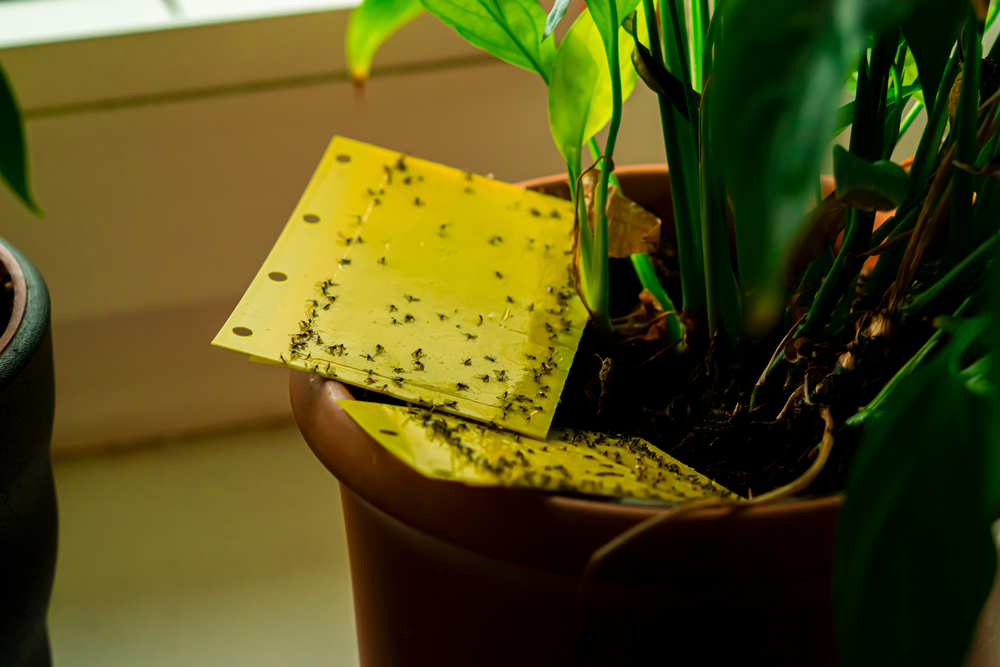
Sticky traps are a low-effort and chemical-free way to catch adult gnats. These traps have a bright yellow color that attracts gnats, which then get stuck on the adhesive surface. By placing them near the plants, you can catch many adult gnats before they lay eggs.
Sticky traps help lower the number of gnats flying around, making the problem less noticeable. While traps do not affect the larvae in the soil, they are a helpful part of an overall strategy to control gnats.
Add a Layer of Sand or Gravel on Top of Soil
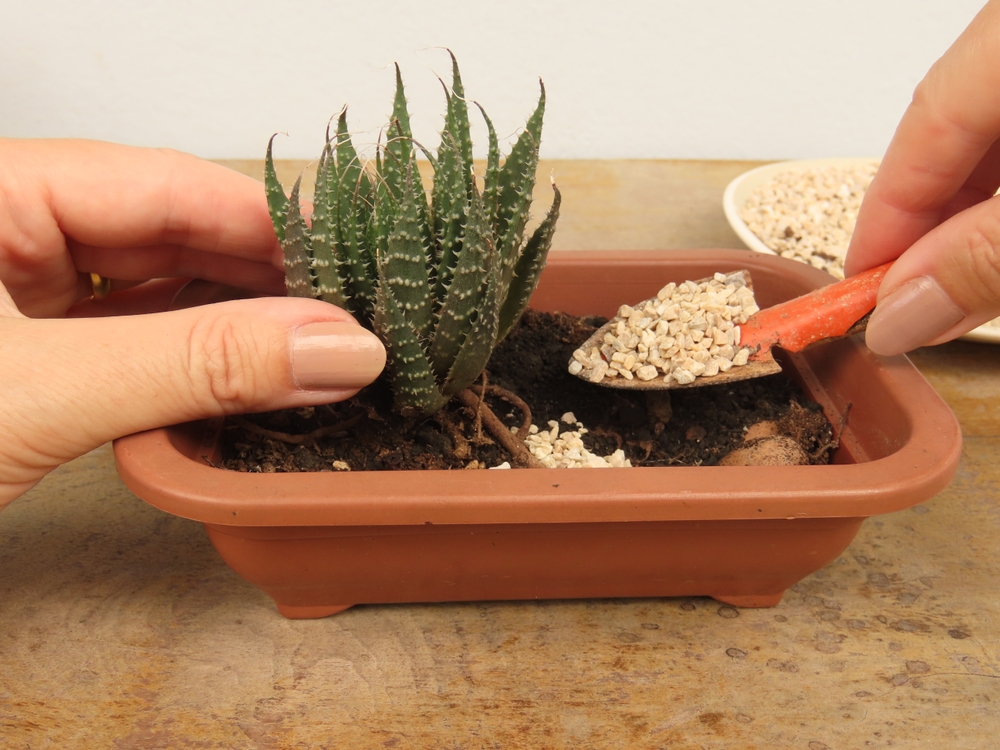
Covering the top of your plant’s soil with a thin layer of sand or fine gravel can stop adult gnats from laying eggs. The dry, loose surface prevents them from reaching the moist soil beneath. It also makes it harder for larvae to move up to the surface.
This physical barrier is easy to apply and does not harm your plants. It acts as a natural way to keep gnats from multiplying and helps reduce their numbers over time.
Use Hydrogen Peroxide Solution
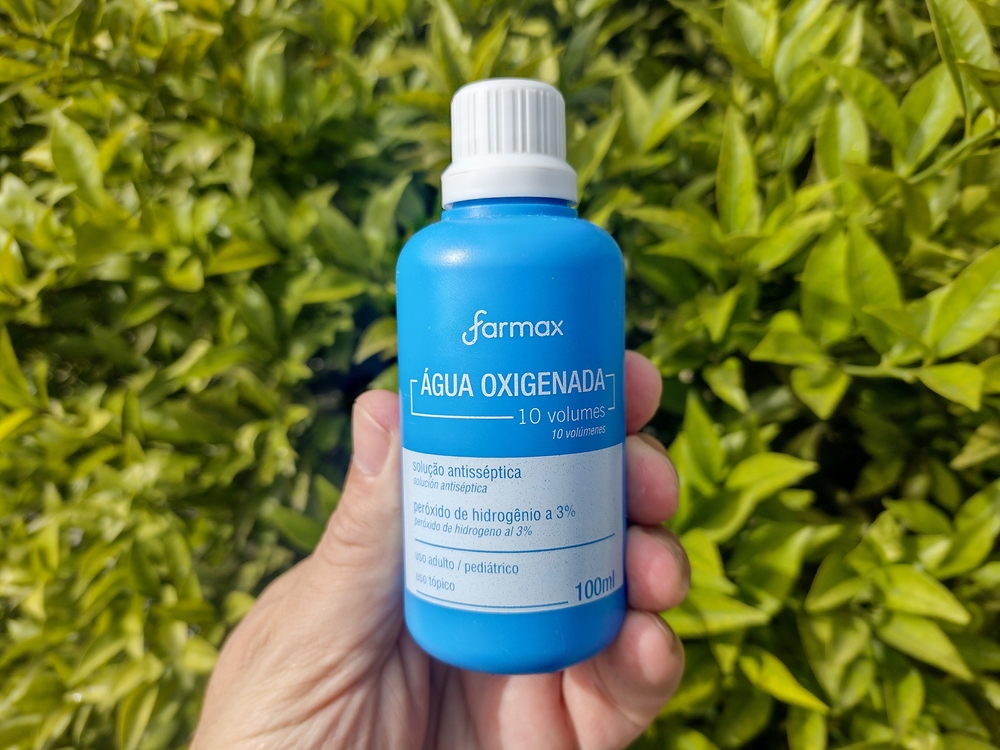
Hydrogen peroxide mixed with water can be used to treat soil infected with gnat larvae. The solution helps kill larvae without damaging plant roots when applied in the right concentration. It works by releasing oxygen, which breaks down organic matter where larvae live.
This method is a simple home remedy that clears the soil safely. It is important to use the right mix to avoid harming your plants, but it can be very effective in controlling larval populations.
Introduce Beneficial Nematodes
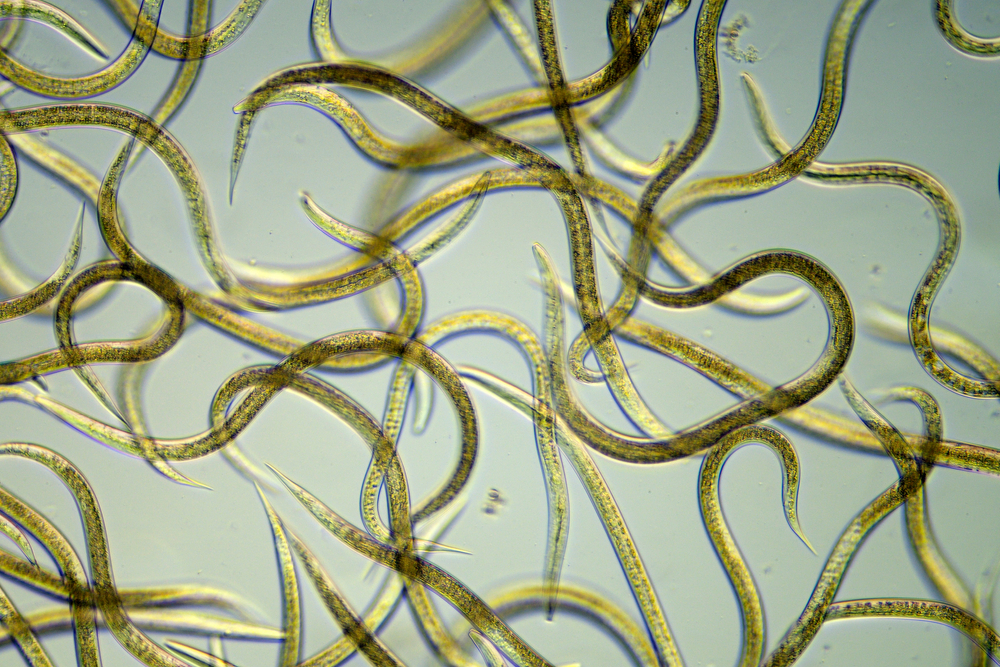
Beneficial nematodes are tiny worms that eat gnat larvae in the soil. These natural predators can reduce larva numbers without using chemicals. When introduced to the soil, they seek out and consume the larvae, breaking the gnat life cycle.
Using nematodes is a good option for gardeners who want an environmentally friendly way to manage gnats. They help keep soil healthy and reduce pests naturally.
Avoid Overwatering Your Plants
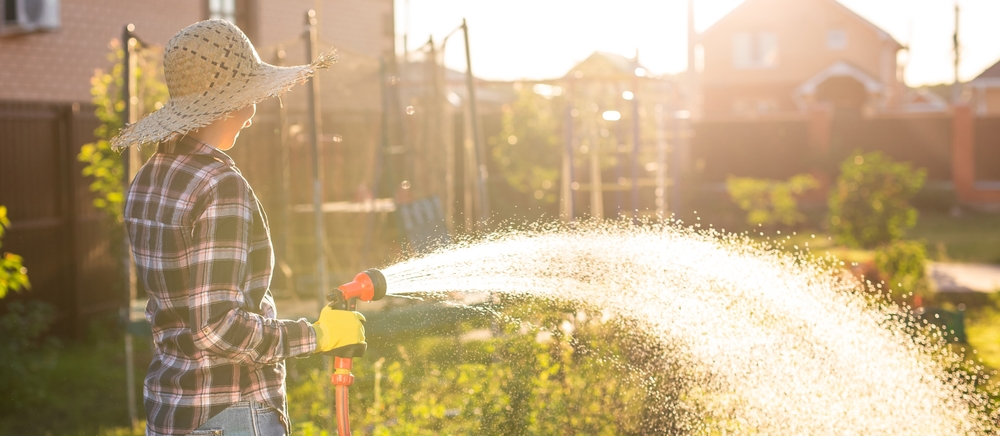
One of the most common reasons gnats appear is overwatering. Constantly wet soil provides ideal conditions for their growth. By adjusting your watering routine to the needs of each plant, you create a less favorable environment for gnats.
Paying attention to soil moisture levels ensures plants get enough water without excess. This change helps prevent future infestations and promotes stronger plant health.
Repot Plants with Fresh Soil
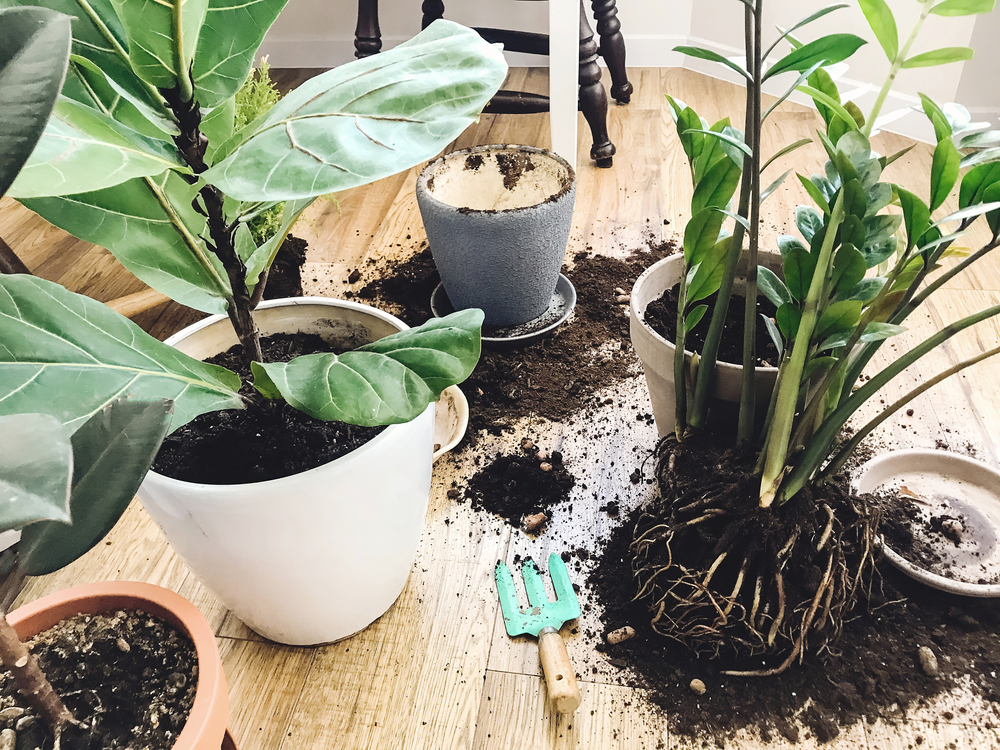
If gnats persist, repotting your plants with fresh, sterile soil can remove eggs and larvae from the old soil. Using new soil cuts off the gnat population and gives your plants a cleaner start. Make sure to clean the pot before adding new soil.
Repotting is more labor-intensive but often necessary in severe infestations. It removes breeding sites and supports healthier plant growth by providing fresh nutrients.
Use Natural Insecticides
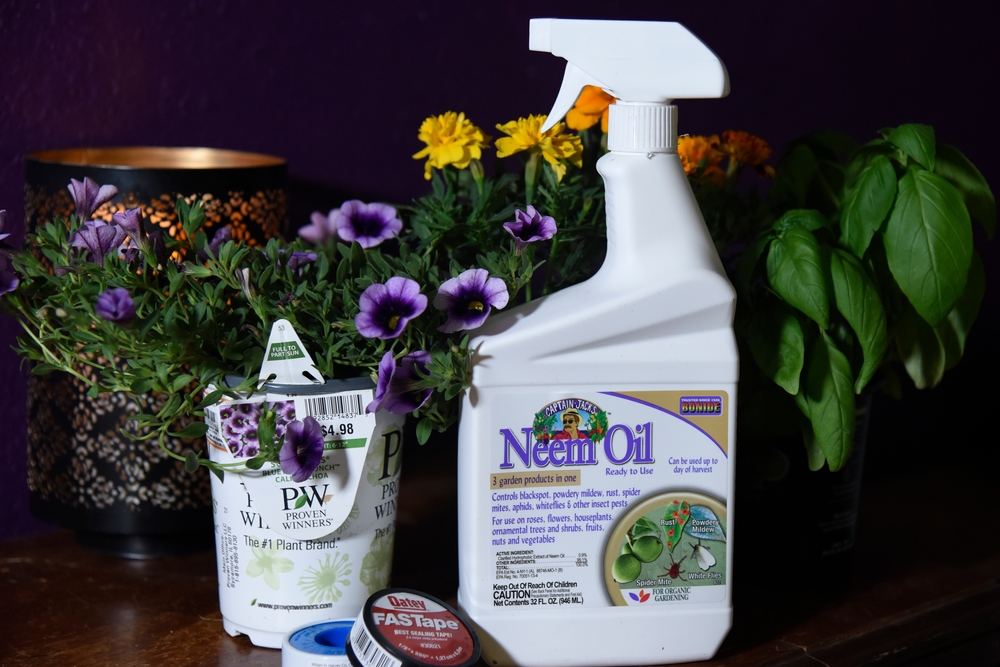
Certain natural insecticides made from ingredients like neem oil or insecticidal soap can control adult gnats and larvae. These products work by disrupting the pests without harming plants or beneficial insects. Applying natural insecticides as directed helps reduce gnat populations.
They are a safer alternative to harsh chemicals and can be used indoors or outdoors. Always follow the instructions carefully to protect your plants and the environment.
Maintain Cleanliness Around Plants
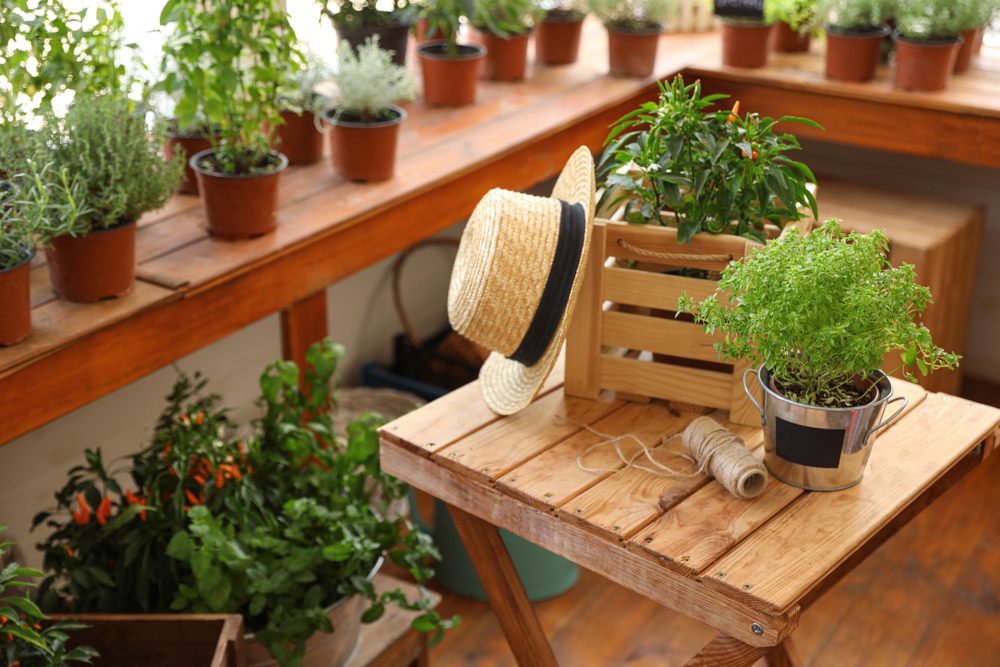
Keeping the area around your plants clean prevents gnats from finding new places to breed. Remove fallen leaves, debris, and old plant material regularly. This reduces organic matter where gnats lay eggs.
A tidy plant area limits pests and encourages healthier growth. Cleanliness is an easy step that works well with other control methods.
Place Plants Outside Temporarily
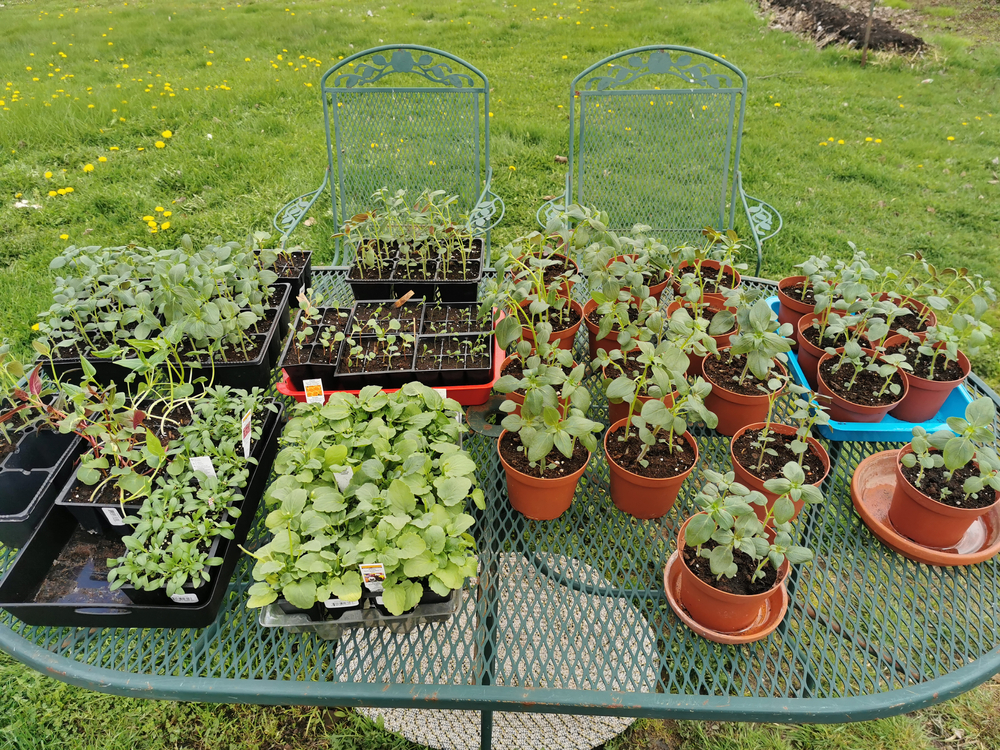
If possible, moving your plants outside for a short time can interrupt the gnat life cycle. Outdoor conditions such as wind, sun, and rain can reduce larvae and adult gnats naturally. It also allows the soil to dry more thoroughly.
This step is helpful if the infestation is mild and you have a suitable outdoor space. Bringing plants back inside after treatment reduces the chance of gnats returning.
This article originally appeared on Avocadu.
